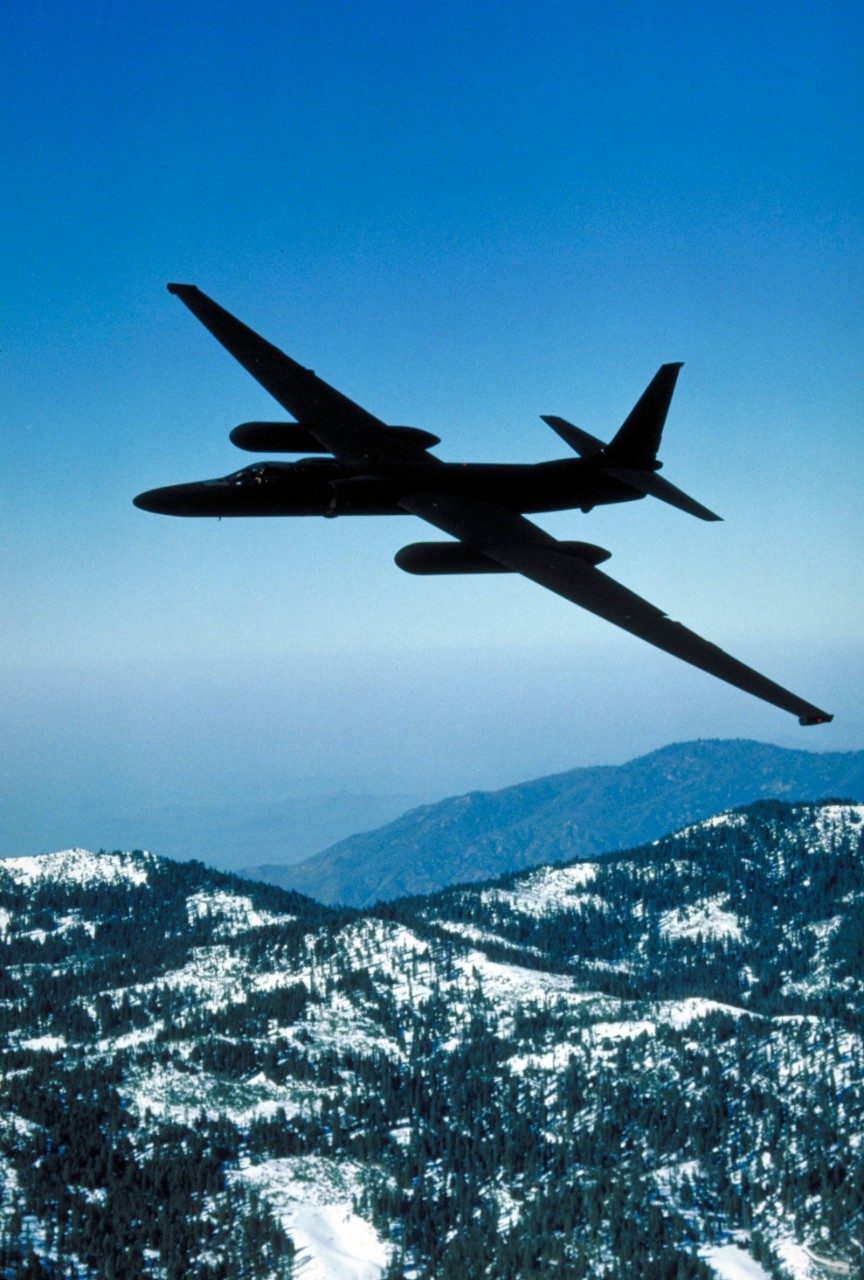On paper, the specifications read like works of pure fantasy: a spy plane capable of taking crystal-clear photographs from 70,000 feet. A Mach-3 aircraft that could fly continuously for hours on end and literally outrun missiles. An attack aircraft that rendered itself invisible to enemy radar.
But Lockheed’s chief engineer, Clarence “Kelly” Johnson, simply fielded all requests and relayed to his handpicked band of Skunk Works employees what needed to be done.
And then they would deliver. Impossible missions always were, and continue to be, their particular area of expertise.

An Aircraft for Every Mission
Conceived in 1943, the Skunk Works division—a name inspired by a mysterious locale from the comic strip Li’L Abner—was formed by Johnson to build America’s first jet fighter. German jets had appeared over Europe. Uncle Sam needed a counterpunch, and Johnson got a call. As with virtually all Skunk Works projects that followed, the mission was secretive and the deadline was remarkably tight. Johnson promised the Pentagon they’d have their first prototype in 150 days. His engineers turned one out in 143 days, creating the P-80 Shooting Star, a sleek, lightning-fast fighter that went on to win history’s first jet-versus-jet dogfight over Korea in 1950.
Just four years later, amidst growing fears over a potential Soviet missile attack on the United States, Skunk Works engineers—who often worked ten hours a day, six days a week—created the U-2, the world’s first dedicated spy plane. It cruised at 70,000 feet, snapping aerial photographs of Soviet installations. This vital reconnaissance, unobtainable by other means, averted a war in Europe and a nuclear crisis in Cuba.
But high altitude was not enough. By 1960, Soviet radar and surface-to-air missile technology had caught up with the U-2. President Eisenhower needed something quicker, stronger, and more elusive. Using sheets of titanium coated with heat-dissipating black paint, engineers created the SR-71 Blackbird. On July 3, 1963, the plane reached a sustained speed of Mach 3 at an astounding 78,000 feet, and remains the world’s fastest and highest-flying manned aircraft.
Though lightning-fast, the Blackbird was not invisible. By 1973, Pentagon officials were calling for the creation of an attack aircraft that could fly undetected past enemy radar. Building on obscure research that showed radar beams could be diverted by angled triangular panels, the Skunk Works team designed the F-117 Nighthawk. Unusual looking and aerodynamically challenged, the Nighthawk wasn’t pretty, but it did what no aircraft had done before. Slipping past Iraqi radar on the morning of January 17, 1991, Lockheed’s Nighthawk bombed thirty-seven critical targets across Baghdad, a surgical strike that led, in just forty-three days, to the successful conclusion of Operation Desert Storm.

The History Makers
Over the years, the Skunk Works division in Palmdale, California, was given a more official moniker, Lockheed’s Advanced Development Programs, but its mission remained unchanged: build the world’s most experimental aircraft and breakthrough technologies in abject secrecy at a pace impossible to rival.
The essential spirit of the division was captured perfectly on July 15, 1955, in an entry from Kelly Johnson’s logbook, after a frantic race to ready the U-2 for its inaugural test flight: “Airplane essentially completed. Terrifically long hours. Everybody almost dead.”
A total of six Collier trophies, the most prestigious award in the aeronautics industry, have been collected by the Skunk Works division since 1943, but it’s quite possible the division’s most impressive legacy has yet to be written.
As a Skunk Works’ program manager aptly stated, “The problem with Skunk Works’ programs is that they typically get credit for changing history long after they actually change history.”
Sources and Further Reading
- Boyne, Walter. Beyond the Horizons: The Lockheed Story. New York: St. Martin’s Griffin, 1999.
- Garrison, Peter. “Head Skunk.” Air & Space, March 2010. http://www.airspacemag.com/history-of-flight/Head-Skunk.html
- Lockheed Martin. “Collier Trophies.” http://www.lockheedmartin.com/us/aeronautics/skunkworks/CollierTrophies.html, accessed August 1, 2012.




